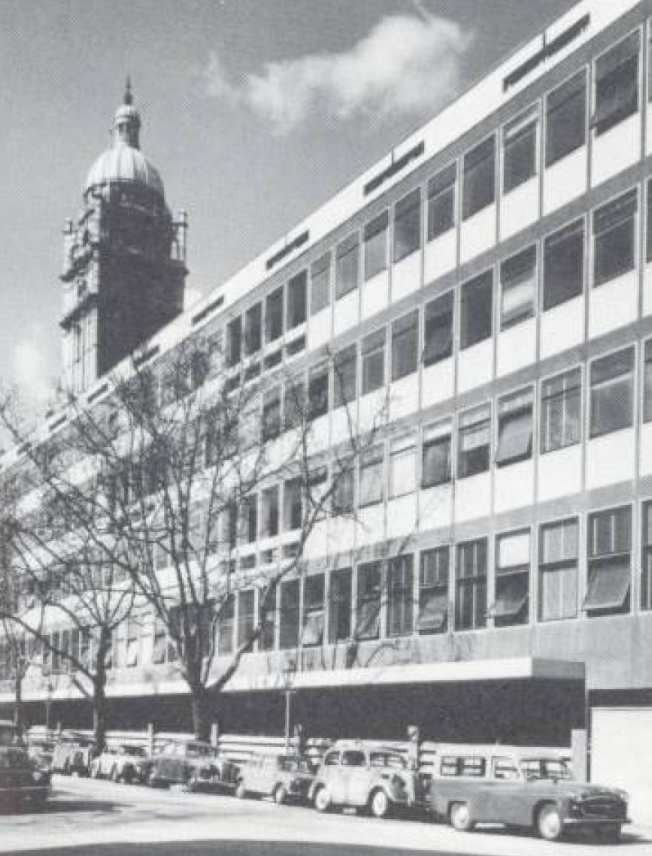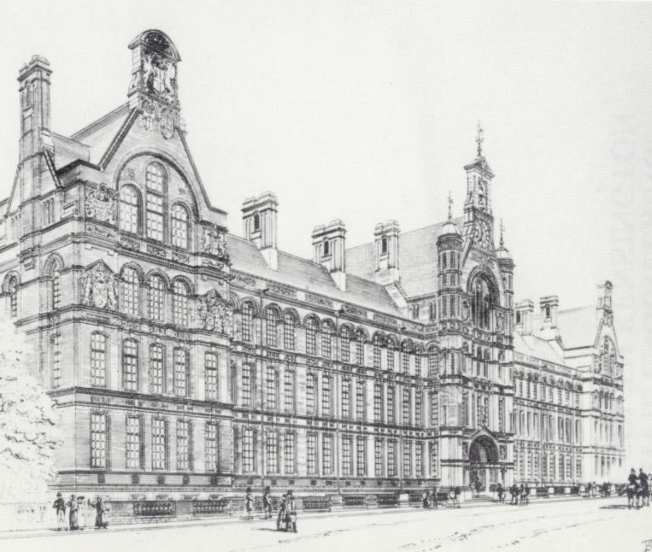
Imperial College can trace its origin back to the Great Exhibition of 1851, held in nearby Hyde Park, under the direction of Prince Albert, the husband of Queen Victoria.
The exhibition promoted British science, technology and industry to the world. It was a great success and in 1881 the profits of the exhibition were used to inaugurate a number of technical and scientific institutions in the South Kensington area, including the Victoria and Albert Museum, the Natural History Museum and the Geological Museum.
Over time, some of these grew, merged and developed, and by 1884 there was an Institution of Civil and Mechanical Engineering on what is now our campus, led by the eminent Professor W.C. Unwin. By the early part of the 20th Century, many of the scientific and technical Institutes had merged and in 1907, this grouping, by now called Imperial College of Science and Technology, was awarded a Royal Charter
In 1913, Civil Engineering separated from Mechanical Engineering to form a Department in its own right. From 1913 to 1956 there were two Heads of Department: Professor S.M. Dixon and Professor A.J.S. Pippard. Under their guidance the Department developed extensively, with state-of-the-art laboratories, and important research in hydraulics and structures.

After the Second World War new subjects were introduced - concrete technology, public health engineering, engineering seismology, highway engineering and transport and soil mechanics. Our current building - in the heart of the South Kensington Campus, was opened in 1963.
In 1998, we changed our name to the Department of Civil and Environmental Engineering, to reflect the important role of our profession in the management and development of both the urban and natural environments.
In 2004, to honour the memory of Sir Alec Skempton (our Head of Department between 1957-1976) our building was renamed the Skempton Building. Professor Skempton was instrumental in establishing Soil Mechanics as an academic discipline. Much of his work can be accessed in the Skempton and Bishop archives.
100 Years of Civil Engineering at South Kensington
The origins and history of the Department of Civil and Environmental Engineering 1884-1984.
Download the free e-book, 100 Years of Civil Engineering at South Kensington [pdf]
Commemorative Plaques
Biographical notes on the civil engineers whose names are commemorated on the façade of the Civil Engineering Building.
Download the free e-book, Commemorative Plaques [pdf]